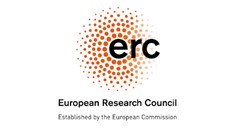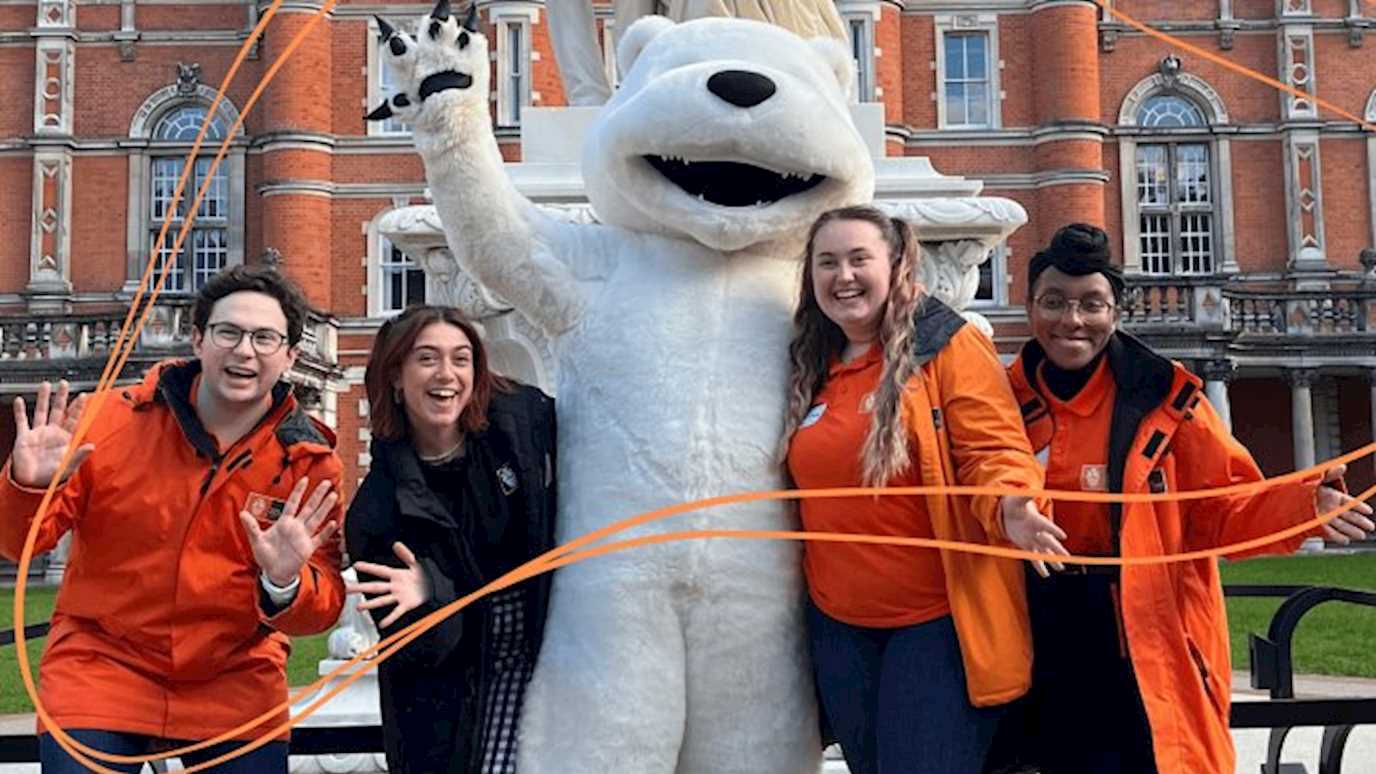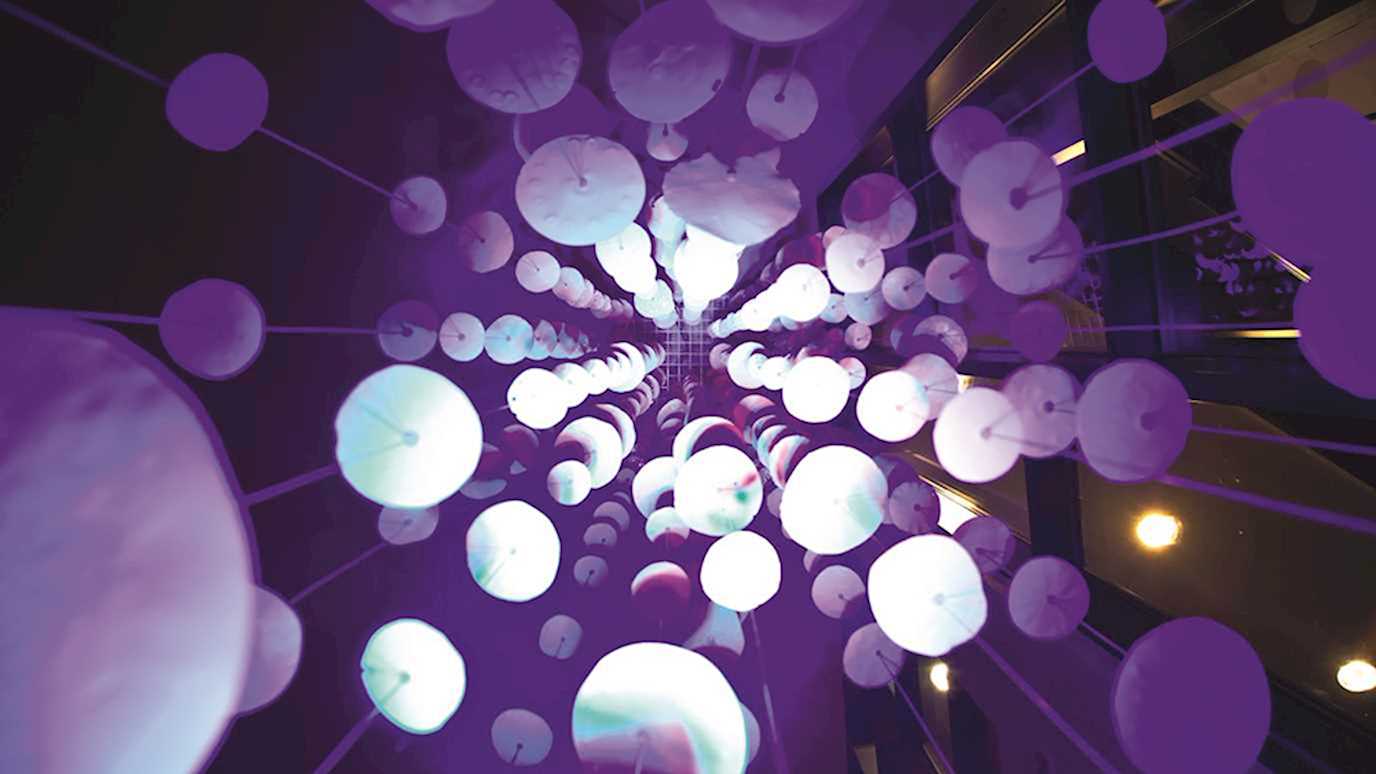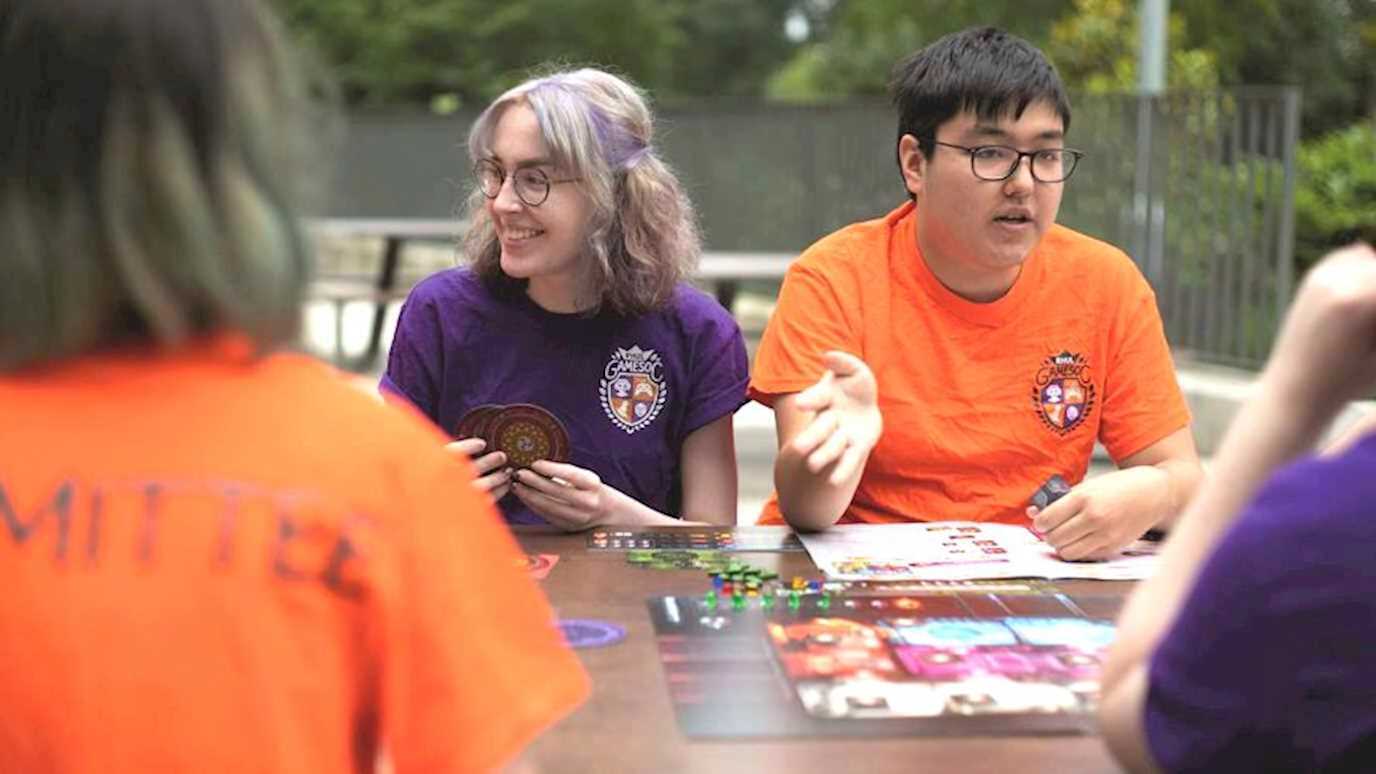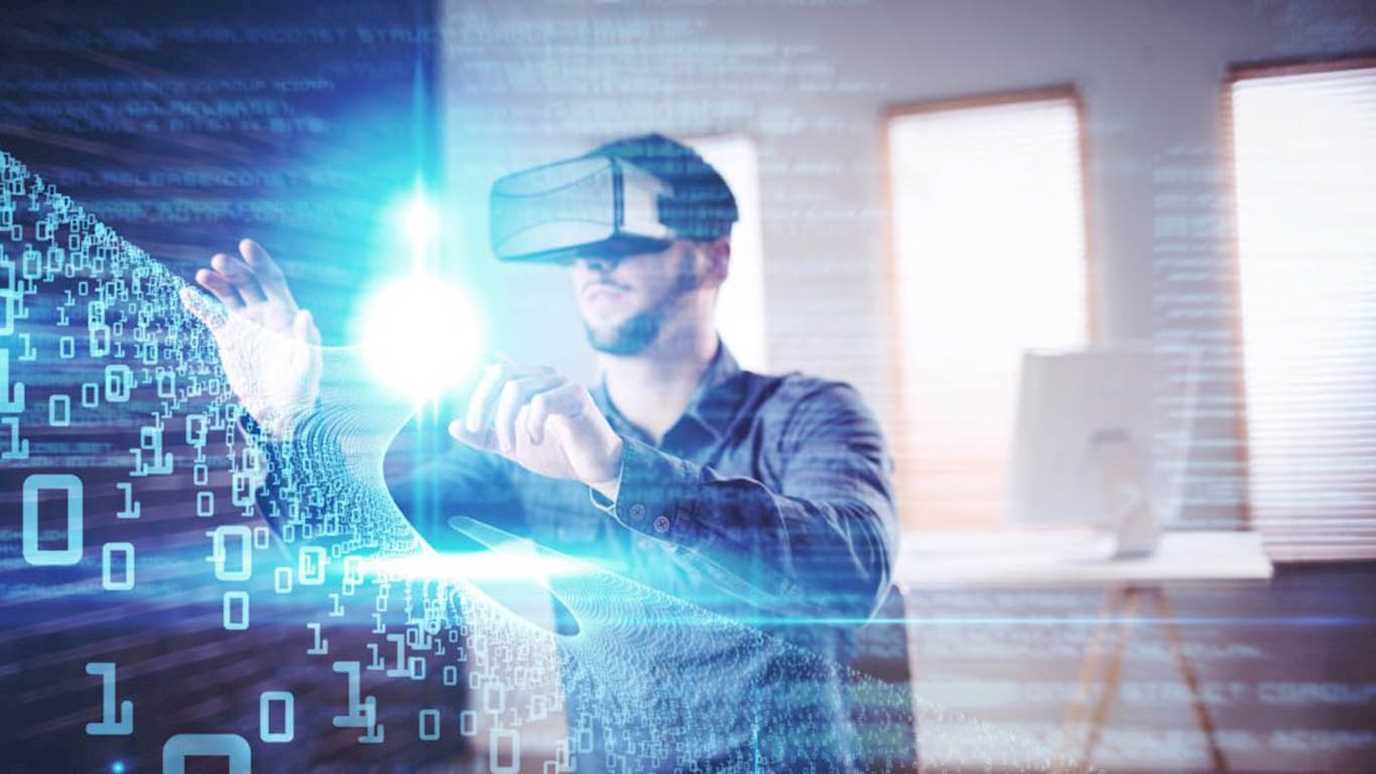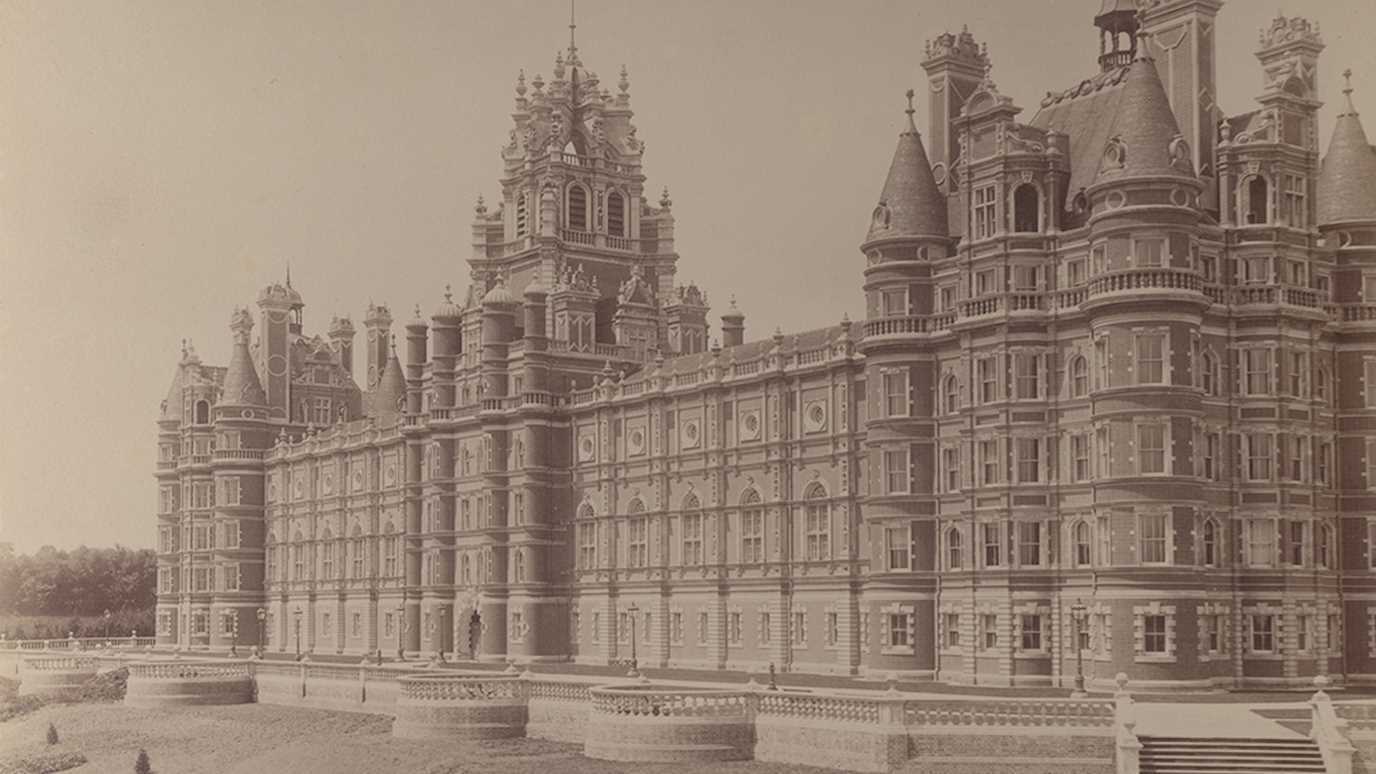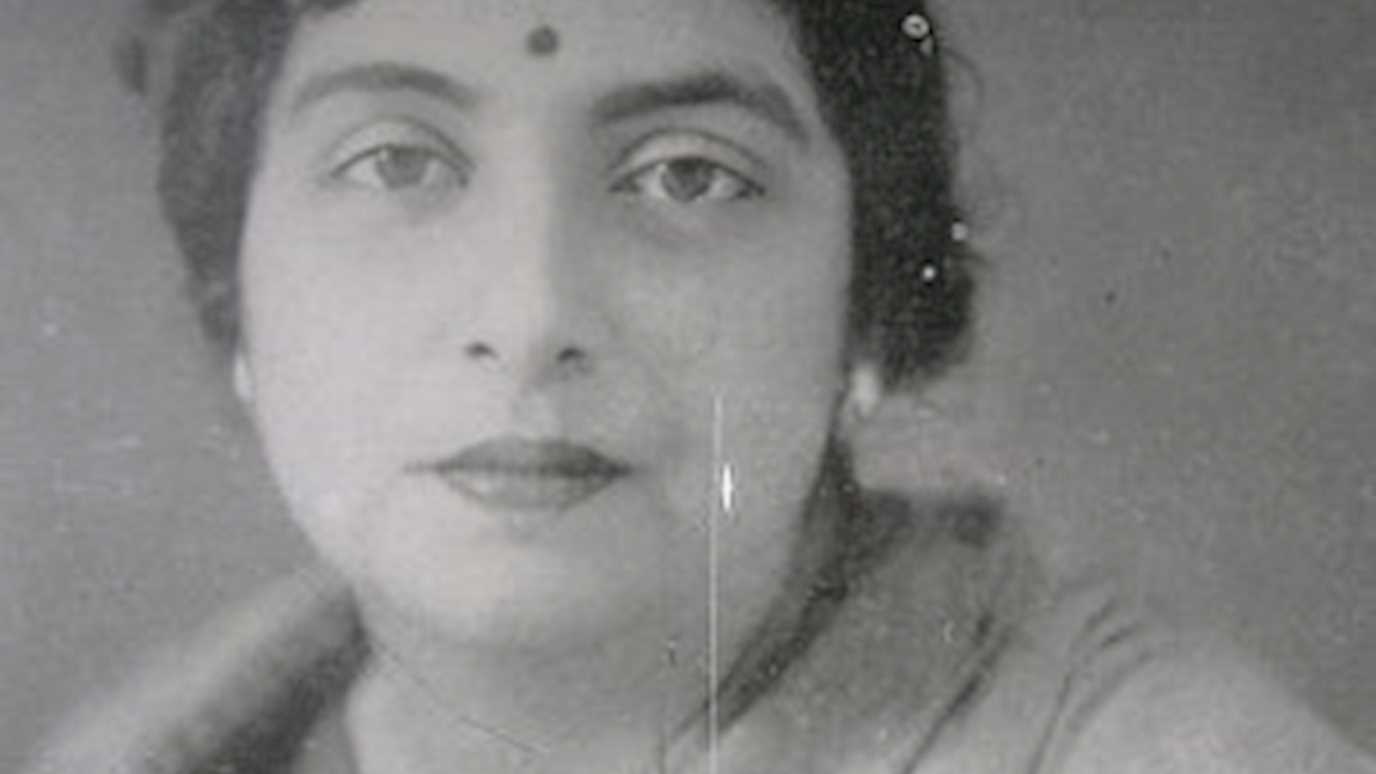The Particle Astrophysics group studies dark matter and neutrinos, which respectively make up most of the mass and particle content of the universe!
About
Astronomical measurements indicate that ~25% of the mass in the universe is made of dark matter, particles which have never been observed on earth. This is more than 5 times as much as all the particles we do know about! Our group works on direct detection of dark matter, via dark matter particle-nucleus scattering, in ultra-sensitive detectors in terrestrial laboratories
Neutrino oscillations remain the only confirmed physics beyond the Standard Model of Particle Physics. Our group’s contributions to discovering neutrino oscillations were recognized with the 2016 Breakthrough Prize in Fundamental Physics. We work on studying the symmetry properties of neutrinos using neutrino oscillations. These may explain the matter-antimatter asymmetry of the universe, without which we wouldn’t be here!
Research Centres:
We work on dark matter direction detection experiments at underground laboratories for particle astrophysics: SNOLAB, SURF, and LNGS. We work on neutrino oscillation experiments at J-PARC, and on detector development for future neutrino experiments at CERN. On campus, we work on detector development to apply techniques from particle astrophysics to medical physics and public health.
Research
T2K: CP-violation and the Nature of Neutrino Oscillation
T2K (Tokai to Kamioka) is a long-baseline neutrino experiment in Japan, studying neutrino oscillations. Neutrinos are elementary particles which come in three “flavours”: electron, muon, and tau. They only interact through the weak force, and are very difficult to detect as they rarely interact with matter. As neutrinos travel, they can oscillate (change) from one flavour to another, and T2K makes precise measurements of these probabilities. In particular, T2K studies whether the probabilities of oscillations of neutrinos and antineutrinos are different. If they are, this may be linked to the matter-antimatter asymmetry problem of the early universe!
Our group works particularly on reducing the impact of systematic uncertainties by using clever techniques to understand the rare interactions of neutrinos with detectors.
DEAP: Dark Matter Direct Detection using Argon Pulse Shape Discrimination
DEAP is a dark matter direct detection experiment currently taking data in SNOLAB, 2 km underneath Sudbury, Ontario in Canada. DEAP is the largest dark matter experiment running today, with a 3.6 tonne liquid argon target. When dark matter interacts in the DEAP detector, the argon target produces a tiny flash of light. The distribution of this light in time and space are used to identify the type of particle interaction in the detector.
Our group focuses on calibration and particle identification, to distinguish candidate dark matter signal interactions from background processes that may mimic the signal. Dark matter experiments must distinguish signal from backgrounds at the level of one part per billion, or better! This means the detector response must be understood just as well; we develop this understanding using many kinds of calibration data. We also develop new statistical tools to reduce uncertainties in the dark matter search.
LZ: Searching for Dark Matter with LUX-ZEPLIN
The LZ experiment is a liquid xenon time projection chamber currently being built in the Homestake mine in South Dakota. LZ will instrument 7 tons of liquid xenon, searching for tiny flashes of light occurring if dark matter interacts in the detector.
Our group works particularly on the calibration of the LZ detector.
DarkSide-20k: Two-Phase Argon TPC for Dark Matter Direct Detection
DarkSide-20k is an experiment that will study dark matter and solar neutrinos in the LNGS underground laboratory in Italy from 2022. DarkSide-20k will house a 50 tonne liquid argon target inside a dual phase time projection chamber (TPC). Dark matter interactions with argon atoms in the target will be imaged by a new kind of photon detector, large-area cryogenic silicon photomultipliers (SiPMs). DarkSide-20k’s dark matter sensitivity is optimized for interactions above the energy scale accessible at the Large Hadron Collider.
Our group focuses on distinguishing dark matter signals from interactions of background particles by using a 700 tonne instrumented veto detector surrounding the TPC. We are contributing to the simulation and design of the detector, and exploring searches for exotic dark matter candidates, such as warm sterile neutrinos, in DarkSide-20k.
TPC R&D: Directional Detection of Low Energy Particles
Measuring the direction of particles at low energies in time projection chambers has applications in both dark matter and neutrino physics.
There should be a wind of dark matter particles blowing opposite to the Earth’s direction of motion around the galactic center. Measuring the direction of dark matter-induced recoils would conclusively identify a candidate direct detection signal as coming from the galactic dark matter halo.
In the search for CP violation in neutrino oscillations, one of the largest sources of uncertainty is modelling precisely what happens when a neutrino interacts within the complex environment of a target nucleus. Measuring the kinematics of final state particles down to low energies can shed new light on this long-standing problem.
Our group develops optical and charge readout of TPCs, both at low- and high-pressures, for dark matter and neutrino physics respectively. Below is our high pressure TPC prototype in a beam test at CERN in August 2018.
Members
Academics
| Prof Jocelyn Monroe | Professor |
| Dr Asher Kaboth | Senior Lecturer |
| Dr Luke Pickering | Royal Society Fellow |
Researchers
| Dr Paolo Agnes | Visiting Academic |
| Dr Shriram Jois | Postdoctoral Research Assistant |
| Dr Ashlea Kemp | Postdoctoral Research Assistant |
| Dr Elizabeth Leason | Postdoctoral Research Assistant |
| Dr Daria Santone | Postdoctoral Research Assistant |
| Dr Kamil Skwarczynski | Research Associate in Neutrino Physics |
Research students
| Zoe Balmforth | PhD student |
| Alex Carter | PhD student |
| Amardeep Chawla | PhD student |
| Callum Cox |
PhD student |
| Adriana Dias | PhD student |
| Sam Hill |
PhD student |
| Seraphim Koulosousas | PhD student |
| Dominic Langridge | PhD student |
| Olly Macfadyen | PhD student |
| Abigail Peake |
PhD student |
| Ash Ritchie-Yates | PhD student |
| Rob Smith |
PhD student |
| Angus Thompson |
PhD student |
| Leah Wolf | PhD student |
Alumni
Publications
Selected Publications:
- Projected WIMP Sensitivity of the LUX-ZEPLIN (LZ) Dark Matter Experiment
LZ Collaboration (D. Akerib et al.)
arXiv:1802.06039 - Search for CP violation in Neutrino and Antineutrino Oscillations by the T2K experiment with 2.2E21 protons on target
T2K Collaboration (K. Abe et al.)
hys.Rev.Lett. 121 (2018) no.17, 171802 - First results from the DEAP-3600 dark matter search with argon at SNOLAB
DEAP-3600 Collaboration (P. A. Amaudruz et al.)
Phys.Rev.Lett. 121 (2018) no.7, 071801 - DarkSide-20k: A 20 tonne two-phase LAr TPC for direct dark matter detection at LNGS
C. E. Alseth et al.
Eur.Phys.J.Plus 133 (2018) 131 - Exploring the hidden interior of the Earth with directional neutrino measurements
M. Leyton, S. Dye, J. Monroe
Nature Commun. 8 (2017) 15989
For more publications click here.
PhD thesis:
- Calculation and Measurement of the Rayleigh Scattering Length of the Scintillation Wavelength of Liquid Argon for Dark Matter and Neutrino Detectors Williams, E., 18 Dec 2018
- It Came From Outer Space: Position Reconstruction in the DEAP-3600 Dark Matter Detector Seeburn, N., 22 Jan 2018
- Searching for Dark Matter with DEAP-3600 Butcher, A., 2016
- An Analysis of a Dataset from a Prototype Dark Matter Detector and the Design, Simulation and Construction of a New Detector Eggleston, R., 2016
Opportunities
For information on our PhD opportunities click here.
Collaborations
Social media:
Funding Agencies:

